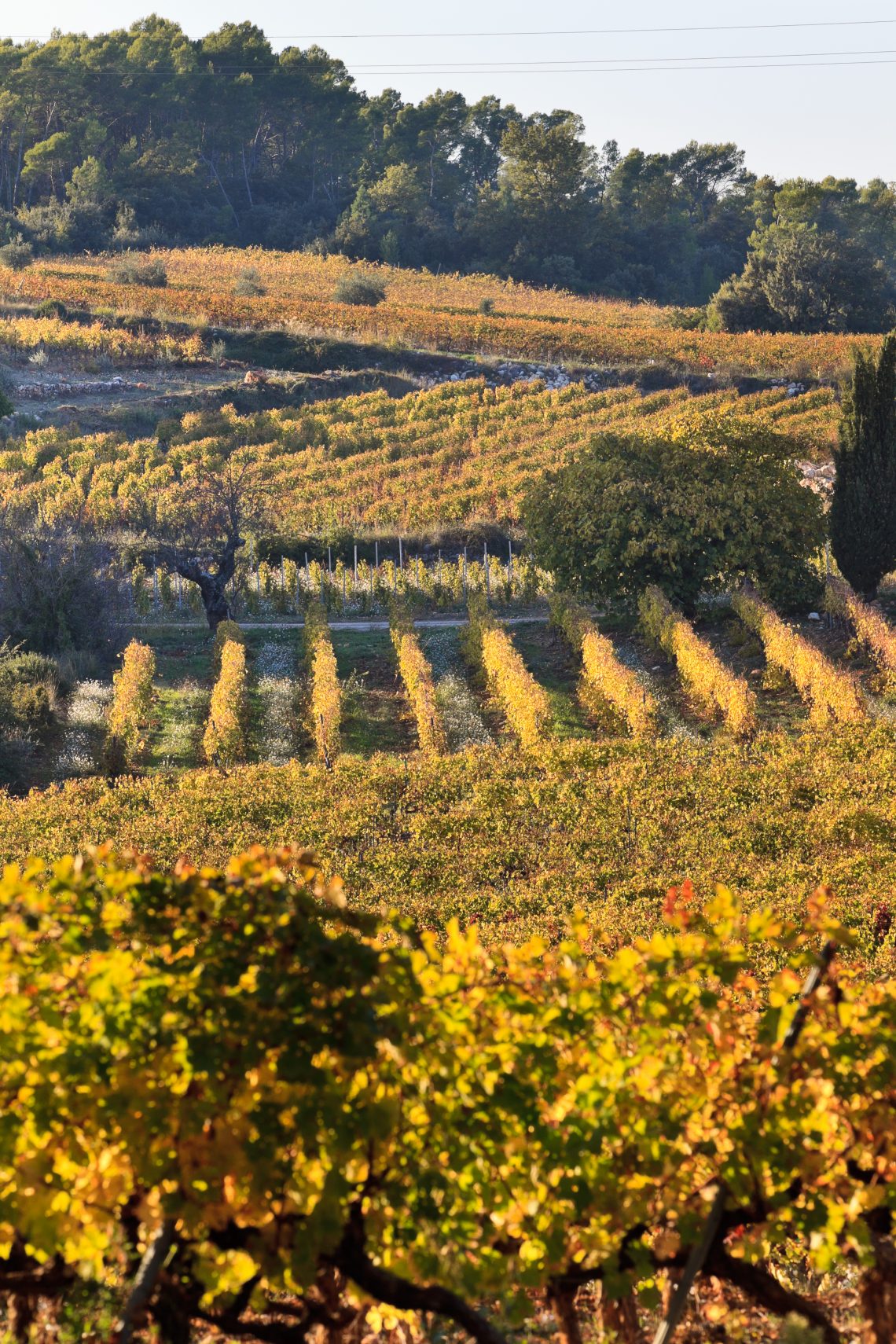The Wolf Post offers a professional service with free access, without subscription.
For this reason, a donation would also be a sign of appreciation for our work.
The history of the wines of Provence has ancient roots that date back to about 2,600 years ago, when the Phoenicians founded Marseille by introducing a plant then still unknown in France: the vine.
From the second century BC the Romans settled in the Ligurian lands, colonized four centuries earlier by the Phoenicians and developed the culture of the vine, creating in those places the Roman Province: Provence. The Romans enlarged the empire and the vine followed the conquerors. In this way the vineyard progressively reached other regions of Gaul: the Rhone Valley, Beaujolais, Burgundy, Gascony and Bordeaux.
In the Middle Ages, after the fall of the Roman Empire, the vine returned to grow in Provence thanks to the monastic orders. From the 5th to the 12th century, the abbeys of Saint-Victor in Marseille, Saint-Honorat on the Lerins islands off Cannes, Saint-Pons in Nice and Thoronet in the Var produced wine not only intended for consumption by the monks but also for trade. .
From the fourteenth century, nobles, notables of the kingdom and the great officers of the Royal Army would have acquired and managed many Provençal vineyards, laying the foundations of modern wine-growing Provence.
A centuries-long history, whose prestige is disclosed and promoted by the Provence wine route, an association that protects this heritage, as explained by Samuele Garnier, enotourism consultant, Project Manager of the Provence Wine Route.
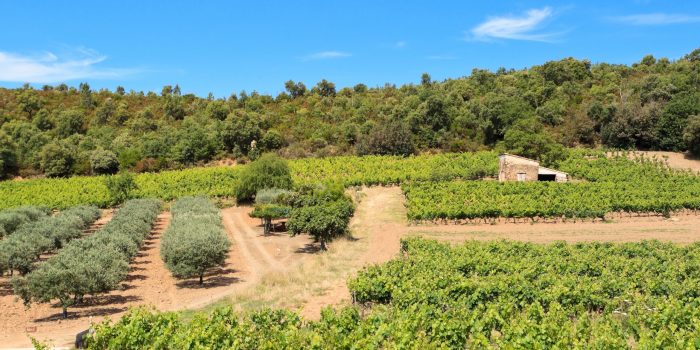
© des Vins de Provence- Image by-Herve FABRE
Since your Association was born, what objectives have you achieved and what remains to be achieved?
The Provence Wine Route network was established by the Regional Chamber of Agriculture in 2011, with the aim of promoting Provence as a wine tourism destination. The notoriety of Provençal wines (90% rosé, 8% red and 2% white) has continued to develop since the mid-2000s, however, many visitors come to Provence for a stay in the sun, the art of living, landscapes and the sea but not specifically for wines. The aim was to increase the number of visitors to the vineyard, informing visitors better, supporting winemakers in the development of their wine tourism hospitality activities, developing a road sign infrastructure, as well as a website and a road map that focuses all useful information information for visiting and tasting www.routedesvinsdeprovence.com. The network is well developed with nearly 450 associated farms (Cooperative cellars, Domains, Castles, on AOP Côtes de Provence, Coteaux Varois en Provence, Coteaux d’Aix en Provence, Bandol, Cassis, Bellet, Palette, Les Baux of Provence…). The Provence Wine Route is also present on the social networks Facebook and Instagram. However, the road to the development of wine tourism remains long and we continue our efforts to help the development of collective projects, events and to make our wine region known to the many wine routes in the spirit of meeting with winemakers and sharing the know-how and values of the winemaker.
Through which services/activities do you encourage the dissemination of the Provence Wine Route?
In addition to the elements I mentioned above (website, map, road signs, social networks) we have prepared an entire training program for winemakers to help them constantly improve their level of hospitality. We support the structuring of collective approaches (support in obtaining wine tourism labels, development of hiking trails, on foot or by bicycle, in the vineyard, development of agricultural inns, restaurants of winemakers, accommodation of winemakers …) and also individual procedures with advice, quality control visits of the reception in the context of our charter. There are also collaborations with magazines to highlight the vineyards. And, above all, we participate in all the institutional agricultural and tourist initiatives to recognize wine tourism as a very important engine for the development of our territories.
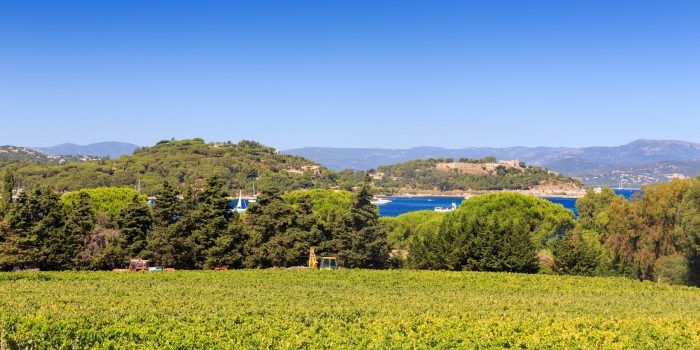
©Route des Vin de Provence
What are the particularities of the territory and its wines?
The Provence Wine Route has 8 Protected Designations of Origin (PDO): Côtes de Provence, Coteaux Varois in Provence, Côteaux d’Aix en Provence, Bandol, Cassis, Bellet, Palette, Les Baux de Provence. There is a diversity of soils and different cultivation methods that allow different terroirs to express themselves. Although there are some well-known PDOs for red wines, such as Bandol AOP (dominant Mourvèdre grape, aged in oak barrels for 18 months and cultivation in terraces) and others for white wines such as PDO. Clairette vines) all these PDOs produce excellent rosé wines, dry, typical, very clear with great aromatic richness that reveals floral notes (honeysuckle, acacia, verbena…) citrus notes, spices (licorice, cinnamon, vanilla, pepper, eucalyptus…) of great mineral finesse or chiseled like lace, a joy for the taste buds. The know-how of the winemaker is also the low yields, the night harvest to keep the grapes fresh and limit oxidation, direct pressing and very short cold maceration to extract the aromas before the start of fermentation without the extraction of color. and tannins. The very modern cellars, with very controlled hygiene, also reduce the use of sulphites and make the rosé wines very digestible. A very large part of the winemakers have developed, in the vineyard and in the cellar, environmental approaches such as organic farming or biodynamics or have obtained certifications of High Environmental Value.
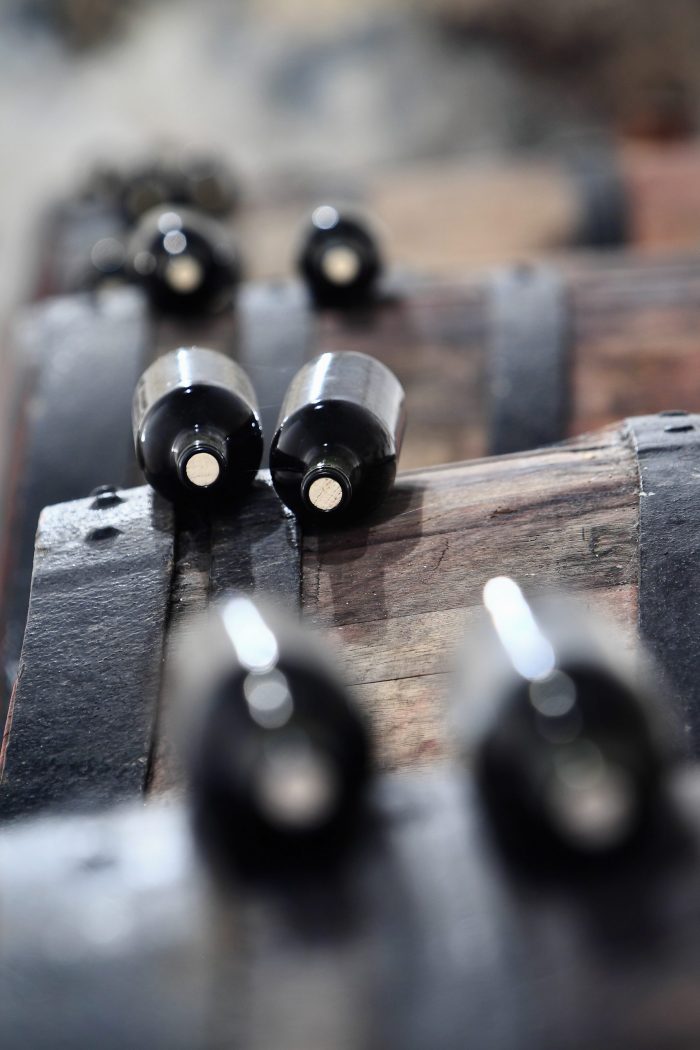
©Herve FABRE- Route des vins de Provence
Can you briefly describe the route and which areas of cultural and wine tourism interest it crosses?
The Provence Wine Route crosses 3 departments (Alpes Maritimes, Var and Bouches du Rhône) from Nice to Baux de Provence via Saint Tropez, Draguignan, Brignoles, Saint Maximin la Sainte Baume, Aix en Provence. The wine-growing landscapes are very varied there from the sea Fréjus, La Londe, The Gulf of Saint Tropez, Bandol, Cassis to the Gorges du Verdon, the Massif des Maures, the Sainte Baume and the Montagne Sainte Victoire, full of Moors with its red lands very ancient (Permian). The religious history of Provence also marks the terroir and the birth of the vineyards with the remarkable architectural establishments of the Abbeys of Thoronet, Celle and Silvacane but also many wineries and castles devoted to the arts and offering sculpture exhibitions. , painted for example by mixing the Templars centers of contemporary art history (formerly Commanderie de Peyrassol).
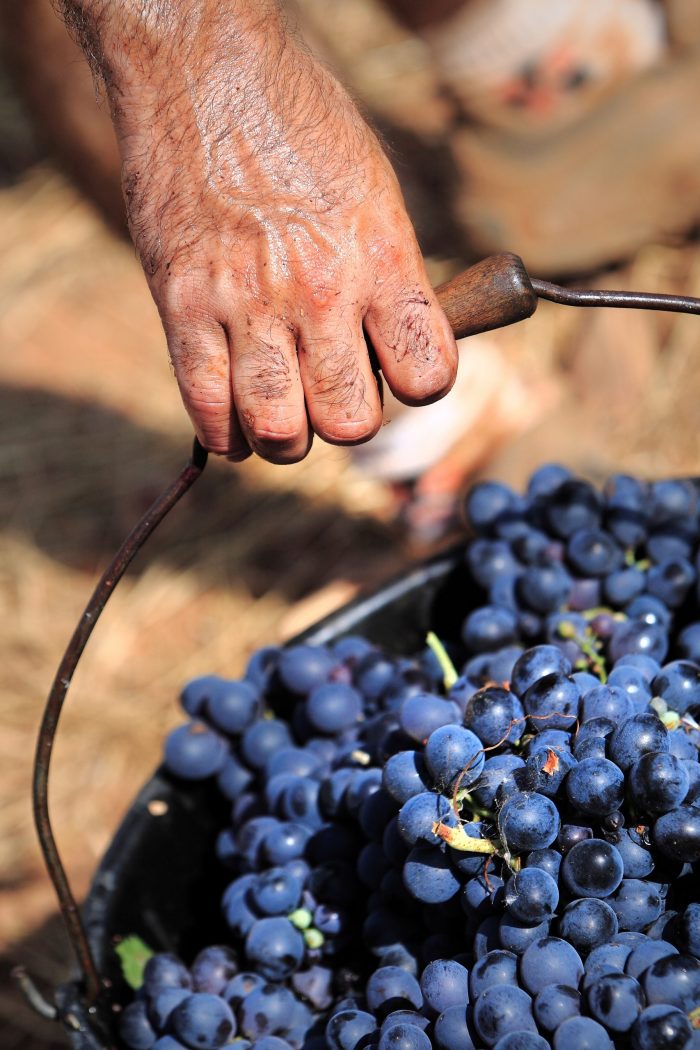
© Herve FABRE- Route des vins de Provence
Why choose the Provence Wine Route?
Walking on the Provence Wine Route is a way to discover another Provence, that of the terroir, of gastronomy, well anchored to history, tradition and which, however, does not make concessions to modernity with ultra-modern wineries and wines known and recognized throughout. the world but which acquire all their meaning when tasted on site, in its production region with the landscape and atmosphere so typical of Provence.


